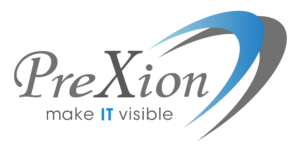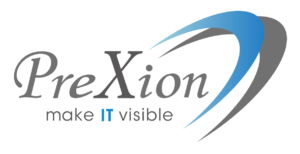
Dealing with inflation in dental practice presents unique challenges, especially in recent times. This year, inflation has taken center stage in economic discussions, impacting the cost of goods, services and overall operational expenses across all industries including the dental industry. To provide context, the Bureau of Labor Statistics reports these statistics on inflation over the last 10-year period:
| 2013 | 1.50% | |||
| 2014 | 0.80% | |||
| 2015 | 0.70% | |||
| 2016 | 2.10% | |||
| 2017 | 2.10% | |||
| 2018 | 1.90% | |||
| 2019 | 2.30% | |||
| 2020 | 1.40% | |||
| 2021 | 7.00% | |||
| 2022 | 6.50% | |||
| 2023 (as of June) | 3.00% |
This illustrates a clear picture of why we have all been feeling the crunch of rising costs. Here are three effective ways for dentists and dental specialists to address the challenge of inflation and maintain financial stability in their practices.
1. Make strategic pricing adjustments.
While increasing fees might seem daunting, it is often a necessary step to keep up with rising costs. Start by transparently communicating with your patients about the reasons behind the price adjustments, educating them about the impact of inflation on dental materials, equipment and overall operating costs. Patients are more likely to understand and accept price increases when they are well-informed. From there, implement price adjustments gradually rather than making sudden, large jumps to allow your patients and practice to adapt to changing economic conditions. Consider offering value-added services or treatment packages to offset price increases, highlighting unique benefits and advanced technology, such as top-quality 3D imaging, that your practice provides to justify the adjusted pricing.
2. Renegotiate current agreements.
Have a close look at the practice’s profit-and-loss report for ways to reduce expenses. If your team is smaller than it was in previous years, reduce the users assigned to various software applications utilized by the practice, as many of those systems charge based on number of licenses. If your team accepts credit card payments, have your front office manager contact merchant services and renegotiate credit card processing fees. If you accept insurance or dental benefits plans, conduct a cost-benefit analysis on each, and drop providers that are less profitable than others. Renegotiate contracts with suppliers and seek bulk purchase discounts to reduce material costs.
3. Diversify revenue streams.
Consider expanding your range of dental services, adding endodontics, implant dentistry, prosthodontics or periodontics with the right education, technology or addition of a specialist to the practice, if even on a contract or part-time basis. Offering a broader spectrum of treatments can attract new patients and increase revenue. You might even embrace teledentistry to provide remote consultations and follow-ups, which can reduce overhead costs and attract new patients who prefer virtual visits.
Pricing adjustments, efficient resource management and diversification of revenue streams are three essential ways to address the challenges posed by inflation in dental practice. By implementing these strategies and leveraging advanced technologies like PreXion’s CBCT imaging, your practice can maintain its commitment to excellence in patient care while navigating any economic landscape.

